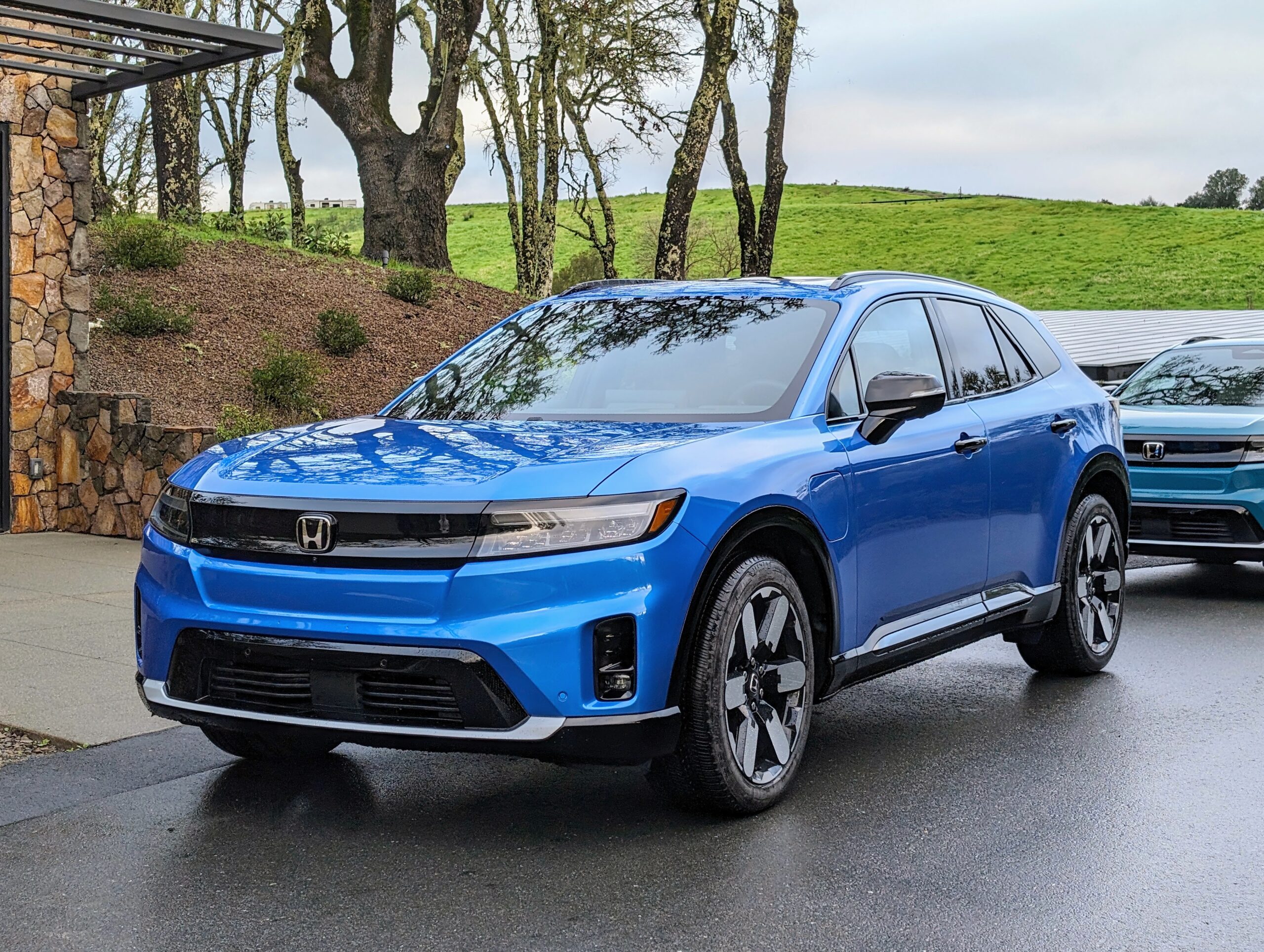Sign up for daily news updates from CleanTechnica on email. Or follow us on Google News!
Lithium-ion batteries (LIBs) have become immensely popular as the go-to power source for a wide variety of electronic devices and vehicles over the past two decades. Although it is hard to overstate the transformative effects that LIBs have had on modern societies, this technology has a fair share of disadvantages that cannot be ignored any further. These include the limited availability of lithium as well as safety and environmental concerns. These drawbacks have motivated scientists around the world to look for alternative battery technologies, such as aqueous batteries. Potassium-ion batteries (KIBs) are a prominent example; these batteries are made from abundantly available materials and are much safer than LIBs. Moreover, KIBs can utilize a water-in-salt electrolyte (WISE), which makes them more stable thermally and chemically.
However, the prevention of hydrogen evolution at the negative electrode for its stabilization is a major challenge in high-voltage aqueous batteries. While solid-electrolyte interphases (SEI) that form between these electrodes and the electrolyte solution help stabilize the electrodes in LIBs (by preventing electrolyte decomposition and self-discharge of the batteries), they have been scarcely researched in the context of KIBs.
To address this major knowledge gap, a research team from Tokyo University of Science- (TUS), Japan, has recently conducted a pioneering study to gain insights into SEI formation and their properties in WISE-based KIBs. Their findings were published online in the journal Angewandte Chemie International Edition on August 18, 2023. The study, led by TUS Professor Shinichi Komaba, is co-authored by Junior Associate Professor Ryoichi Tatara, Dr. Zachary T. Gossage, and Ms. Nanako Ito, all from TUS.
The researchers mainly employed two advanced analytical techniques — scanning electrochemical microscopy (SECM) and operando electrochemical mass spectrometry (OEMS) — to observe how SEI forms and reacts in real time during the operation of a KIB with a 3,4,9,10-perylenetetracarboxylic diimide negative electrode and 55 mol/kg K(FSA)0.6(OTf)0.4∙1H2O, a WISE developed by the team in a previous study.
The experiments revealed that SEI forms a passivating layer in WISE akin to that seen in LIBs, with slow apparent electron transfer rates, helping suppress hydrogen evolution. This can ensure stable performance and higher durability of KIBs. However, the researchers observed that the coverage of the SEI layer was incomplete at higher operating voltages, leading to hydrogen evolution.
Taken together, the results reveal the need to explore potential avenues to enhance SEI formation in future aqueous batteries. “While our results reveal interesting details on the properties and stability of SEI found in one particular WISE, we should also focus on reinforcing the SEI network to achieve improved functionality,” comments Prof. Komaba. “SEI could perhaps be improved by the development of other electrolytes that produce unique SEIs, but also through the incorporation of electrolyte additives or electrode surface pretreatment.”
This study also highlights the power of SECM and OEMS for gaining a solid understanding of electrode-electrolyte interactions in next-generation batteries. “These techniques provide a powerful means for tracking the development, coverage, ion transfer, and stability of SEI and can easily be adapted for a variety of electrolytes and electrodes,” explains Prof. Komaba. “We hope that this work encourages other researchers to further explore SECM and OEMS as advanced characterization methods that can be incorporated with traditional battery measurements to gain deeper insights.”
The development of aqueous batteries such as KIBs will be instrumental for sustainable societies in the future, since they could replace the expensive and hazardous LIBs currently used in electric vehicles, smart grids, renewable energy systems, and marine applications. By making energy storage more accessible, aqueous batteries will aid the transition toward carbon-neutral energy generation, paving the way for a greener future.
With any luck, further studies will lead us to promising LIB alternatives soon!
Reference
Title of original paper : In-situ Observation of Evolving H2 and Solid Electrolyte Interphase Development at Potassium Insertion Materials within Highly Concentrated Aqueous Electrolytes
Journal : Angewandte Chemie International Edition
DOI : 10.1002/anie.202307446
About The Tokyo University of Science: Tokyo University of Science is a well-known and respected university, and the largest science-specialized private research university in Japan, with four campuses in central Tokyo and its suburbs and in Hokkaido. Established in 1881, the university has continually contributed to Japan’s development in science through inculcating the love for science in researchers, technicians, and educators.
With a mission of “Creating science and technology for the harmonious development of nature, human beings, and society,” TUS has undertaken a wide range of research from basic to applied science. TUS has embraced a multidisciplinary approach to research and undertaken intensive study in some of today’s most vital fields. TUS is a meritocracy where the best in science is recognized and nurtured. It is the only private university in Japan that has produced a Nobel Prize winner and the only private university in Asia to produce Nobel Prize winners within the natural sciences field.
Republished from Tokyo University of Science
Have a tip for CleanTechnica? Want to advertise? Want to suggest a guest for our CleanTech Talk podcast? Contact us here.
EV Obsession Daily!
I don’t like paywalls. You don’t like paywalls. Who likes paywalls? Here at CleanTechnica, we implemented a limited paywall for a while, but it always felt wrong — and it was always tough to decide what we should put behind there. In theory, your most exclusive and best content goes behind a paywall. But then fewer people read it!! So, we’ve decided to completely nix paywalls here at CleanTechnica. But…
Thank you!
Tesla Sales in 2023, 2024, and 2030
CleanTechnica uses affiliate links. See our policy here.




